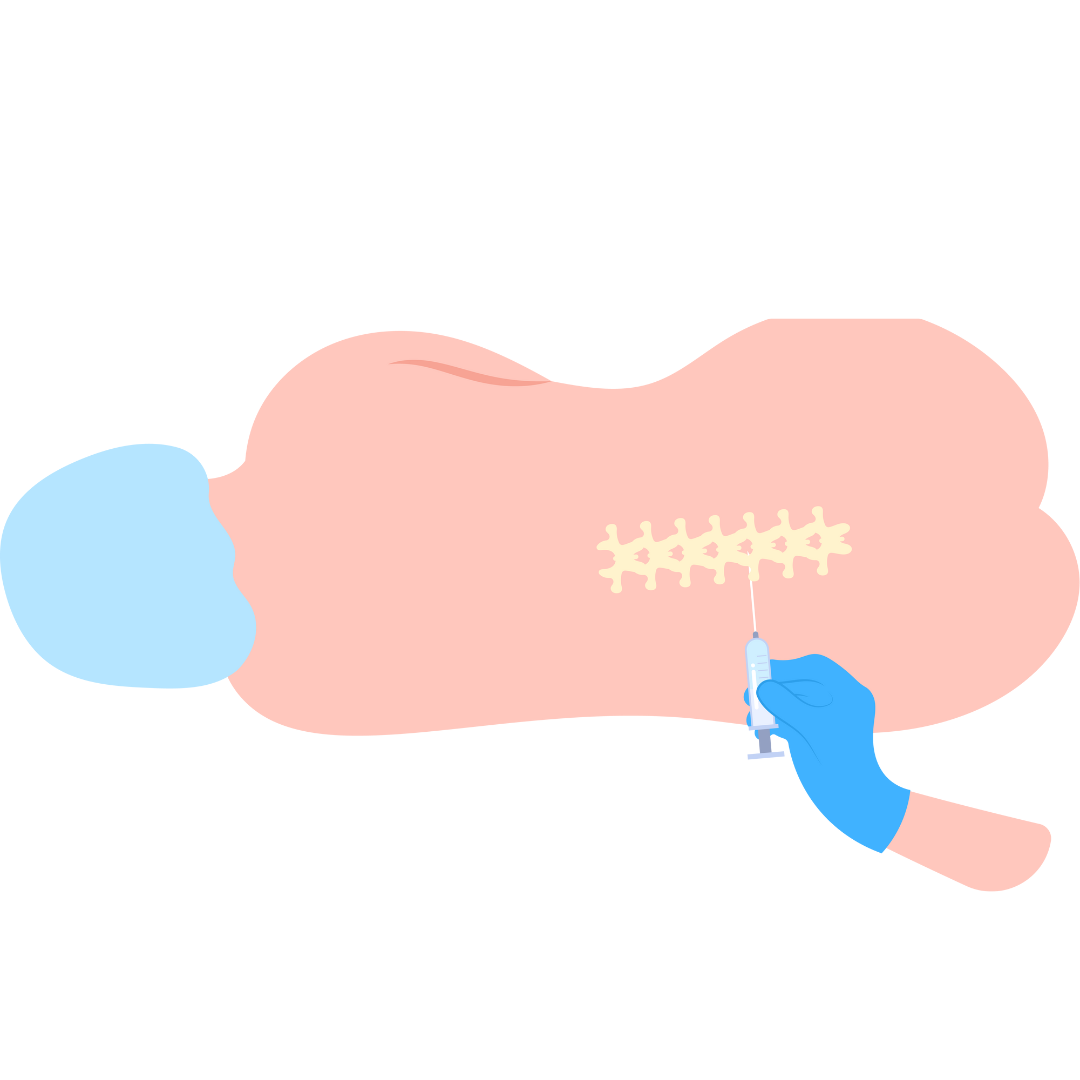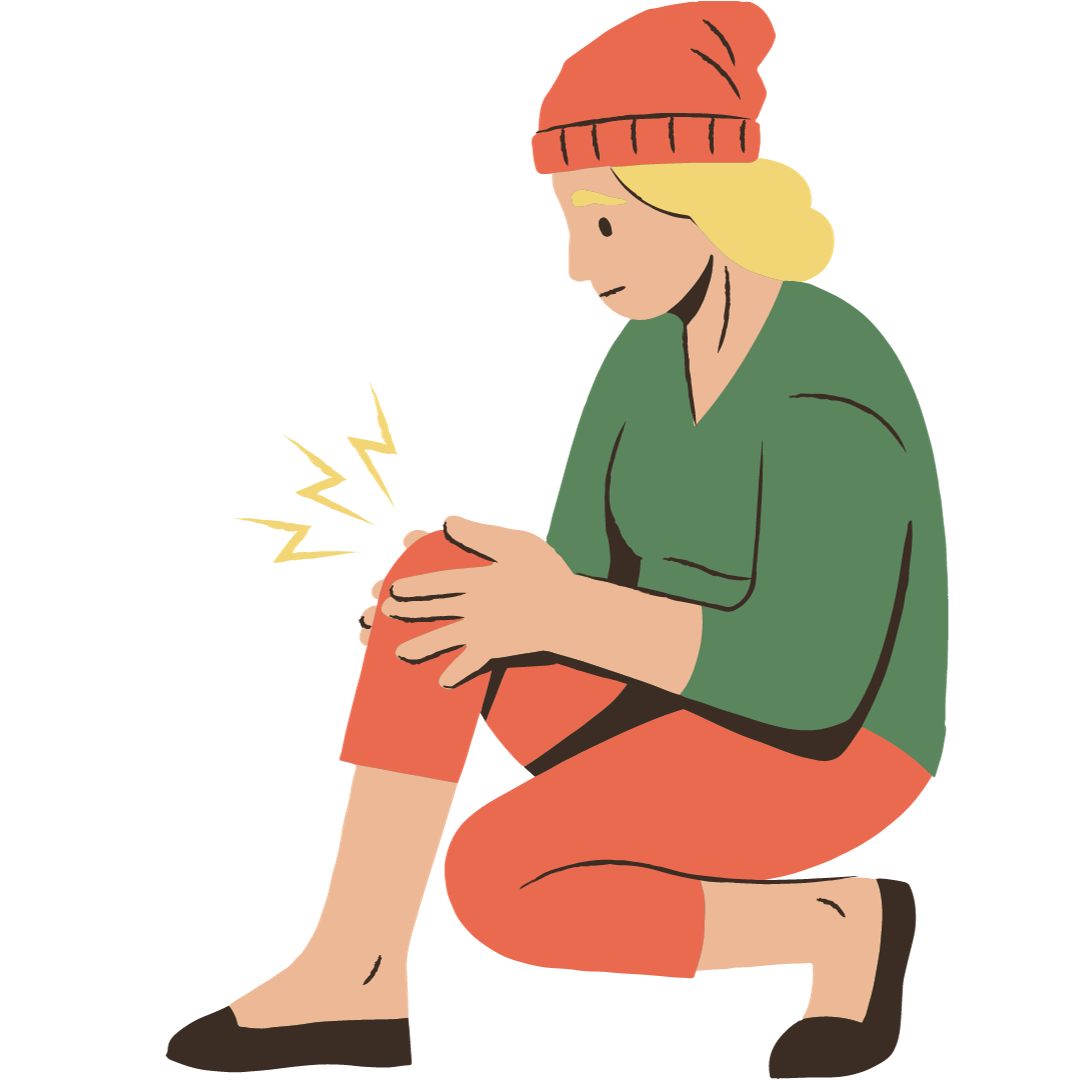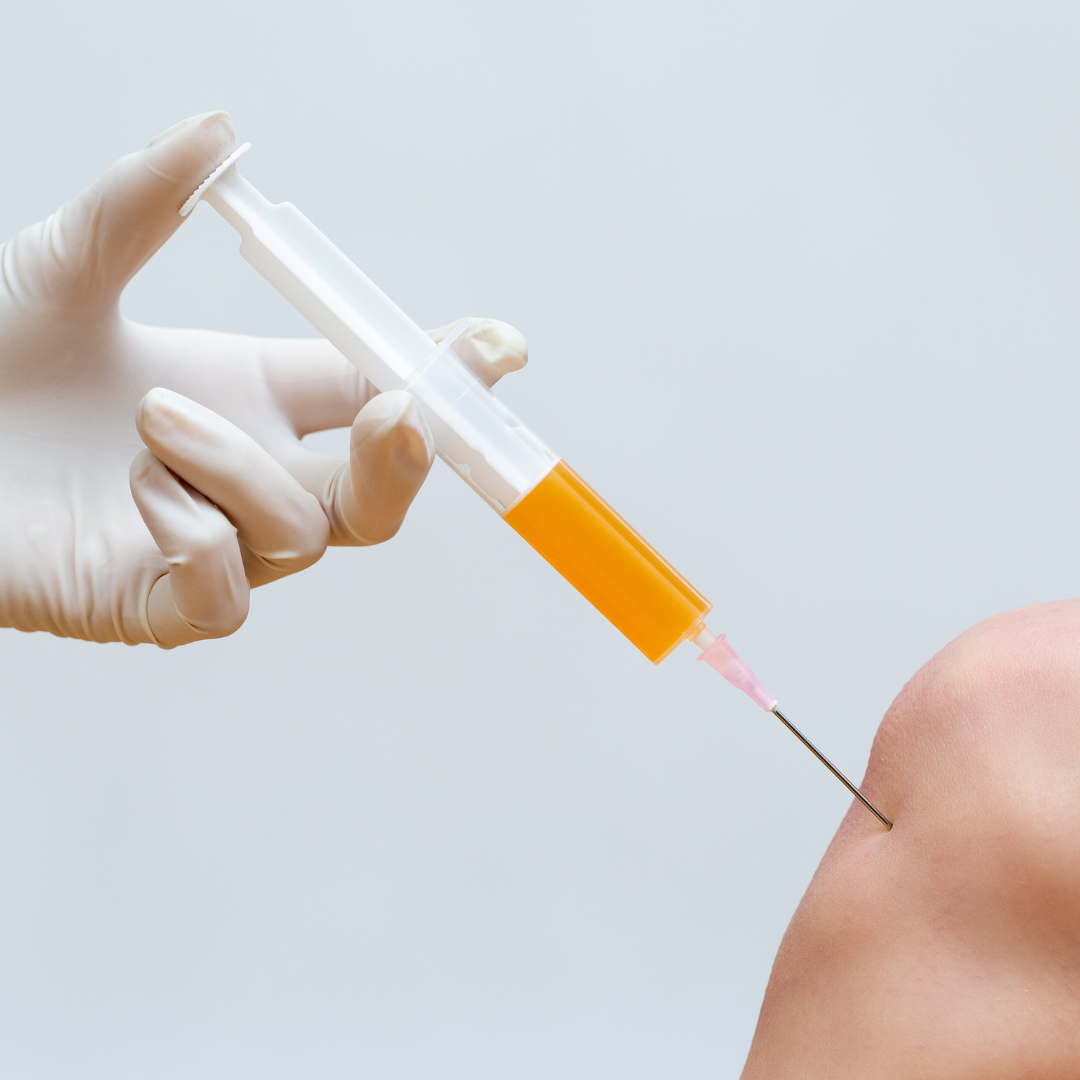Blog

Nerve Blocks Explained
The article explores the role of nerve block injections in pain management, highlighting their therapeutic, diagnostic, and anesthetic benefits. These injections involve the precise delivery of a combination of local anesthetics and anti-inflammatory medications near specific nerves to provide temporary or, in some cases, permanent pain relief. Nerve blocks also aid in diagnosing the source of pain and may contribute to reduced inflammation and improved healing of affected nerves. The procedure is generally performed in an outpatient setting, with patients positioned for optimal access, possible administration of mild sedatives, and imaging guidance for accurate injection. The article emphasizes the variability in pain relief duration among individuals and the importance of consulting healthcare providers for personalized guidance. Additionally, it outlines potential risks, including infection and bleeding, and encourages immediate contact with healthcare providers in case of new symptoms or complications.
Read More
Allodynia: A Type of Neuropathic Pain Causing Sensitivity to Touch
Allodynia is a form of neuropathic pain characterized by extreme sensitivity to touch. People with allodynia experience pain from stimuli that typically don't cause pain, such as light pressure, brushing hair, or wearing certain clothing. It can result from various conditions affecting the nervous system. There are 3 types of Allodynia. Dynamic (or Mechanical) pain results from an object moving across the skin. Static (or Tactile) pain results from gentle touch or pressure. Thermal pain results from mild temperature changes. Common causes of allodynia include diabetes, conditions like trigeminal neuralgia, complex regional pain syndrome, multiple sclerosis, and fibromyalgia. Other factors include medications like opioids and certain chemotherapy drugs. Allodynia can occur alongside migraines in up to 70% of cases. Nutritional Deficiencies such as a severe lack of vitamin D or B and excessive alcohol consumption can lead to allodynia . For diagnosis, your healthcare provider will conduct a thorough examination, ask about your symptoms and medical history, and may perform tests such as blood tests, MRI or CT scans, electromyogram (EMG), nerve conduction studies, and quantitative sensory testing (QST) to determine the cause. Treating the condition causing allodynia is a primary focus. Oral medications can be prescribed such as anticonvulsants, antidepressants, pregabalin, and creams or patches containing capsaicin or lidocaine may be applied. Counselling and therapy are important such as cognitive behavioural therapy, mindfulness training, and biofeedback which help manage chronic pain emotionally. Physical therapy includes desensitization techniques involving gentle touch or pressure. Nerve blocks injections can reduce the pain in specific nerves. The last line of treatment is surgery, in cases where other treatments are ineffective, spinal cord stimulation may be considered. While allodynia may not be entirely preventable, certain measures can lower the risk, including regular exercise, monitoring family history, maintaining a healthy weight, staying up-to-date on vaccines, and adopting a balanced diet.
Read More
Understanding Pain in Rheumatoid Arthritis (RA): Exploring the Connection Between Inflammation and Nervous System
Pain is a complex experience, and in diseases like rheumatoid arthritis (RA), where inflammation is a key player, it becomes even more intricate. RA is known for causing joint inflammation and persistent pain. This article takes us on a journey through the science behind why people with RA continue to experience pain, even when the visible signs of inflammation might be controlled. Brain and Pain: The article talks about how our brains process pain. It's not just about the joints; it involves a network of areas in the brain. New technologies like brain imaging help scientists peek into the brain to understand what happens when someone feels pain. Chronic Pain Pathways: In RA, even when inflammation seems under control, pain can persist. The article explains that the nervous system can become hypersensitive, magnifying pain signals and making it feel worse than it should. Inflammation's Role: In RA, inflammation directly triggers pain in the joints. This article highlights how inflammatory signals not only affect the joints but also interact with the nervous system, creating a loop that can sustain pain. Brain-Body Connection: The body's immune system and nervous system communicate, and this interaction contributes to the experience of pain. It's like a conversation between different parts of the body, and in RA, this conversation can sometimes lead to ongoing pain. Treatment Insights: The article touches on how medications that target inflammation can also impact pain. Scientists are learning that controlling inflammation doesn't always mean the pain goes away completely, and they are working to understand why.
Read More
Yoga for People With Chronic Pain in a Community-Based Setting
The article describes a feasibility and pilot study that introduced an 8-week yoga intervention for individuals with chronic pain in a community-based clinic setting. The study aimed to assess the practicality and potential benefits of yoga as a complementary approach to pain management. Participants, recruited from the clinic, received either yoga sessions or continued with usual care, and various outcome measures were analyzed. Feasibility: - The study recruited 83 individuals with chronic pain over 5 months, indicating potential interest and need for non-pharmaceutical interventions. - Average attendance for yoga sessions was 75%, but there was a dropout rate of 36%, possibly due to limited resources and the diverse types of pain included. Yoga Protocol: - The yoga intervention comprised seated, standing, and supine poses, along with specific breathing techniques and mindfulness practices. - Poses were modified as needed, and the yoga protocol was generally well-accepted by participants. Outcomes: - Participants in the yoga group showed significant improvements in measures related to pain interference, quality of life, self-efficacy, coping, and body responsiveness. - The usual care control group demonstrated significant increases in quality of life scores, potentially due to the high level of care received in the clinic. Discussion: - The study suggests that yoga can be feasible and beneficial for individuals with diverse types of chronic pain. - Challenges included dropout rates and potential attachment to pain and pain medications. Conclusion: - The feasibility and benefits of providing yoga in a community pain clinic setting were demonstrated. - Further research with larger sample sizes and active control groups is recommended to explore the effectiveness of yoga as a pain management intervention for different populations.
Read More
Safety and Efficacy of Bone Marrow–Derived Mesenchymal Stem Cells for Chronic Patellar Tendinopathy: 12-Month Follow-up Results
A clinical trial investigated the use of bone marrow–derived mesenchymal stem cells (BM-MSCs) for chronic patellar tendinopathy, a condition causing knee pain and impaired function. The study involved 20 patients with chronic patellar tendinopathy. Half were initially treated with BM-derived mesenchymal stem cell injections. The other half were treated with a different method of leukocyte-poor platelet-rich plasma (Lp-PRP) injections. After 12 months, both groups were assessed. Results showed that the Lp-PRP injections showed no improvements in pain at the 12-month point. However, the patients treated with BM-derived mesenchymal stem cell injections continued to experience significant improvements in pain relief and tendon structure, as seen in MRI scans. Moreover, the group initially treated with Lp-PRP and later with BM-derived mesenchymal stem cell injections also improved, though the improvement in sports-related pain was not as significant. For a typical patient, this implies that BM-derived mesenchymal stem cell treatment could be a promising option for addressing chronic patellar tendinopathy, offering a safe and effective approach for pain reduction and improved tendon health. However, using Lp-PRP beforehand might not provide additional advantages based on the findings of this study. Patients need to discuss these treatment options with their healthcare provider to determine the most suitable approach for their condition.
Read More